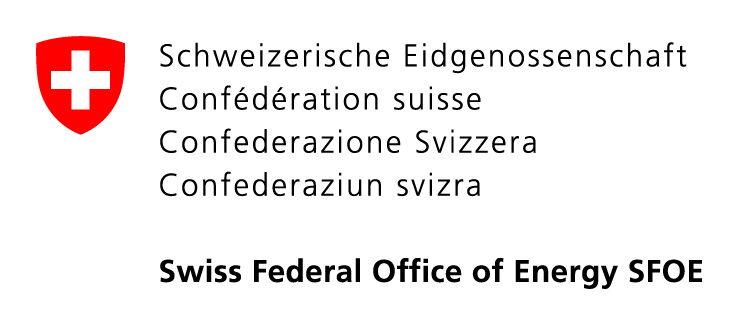28 September 2018 – 9:45 AM
María Victoria Villar CIEMAT, Spain
The behaviour of a nuclear waste repository is determined to a large extent by the changes that may occur in the properties of the bentonite-based buffer as a result of the combined effects of the heat generated by the radioactive decay and of the water and solutes supplied by the surrounding rock. These thermo-hydraulic gradients lead to changes in the bentonite physical state (water content, dry density) and geochemistry (movement of soluble species by advection and diffusion, changes in the composition of the cation exchange complex), all of them affecting its hydro-mechanical behaviour. Some of the properties to be taken into account to assess the correct performance of the barrier are its permeability, water retention capacity and swelling ability, which in turn depend mainly on dry density, water content, temperature and the physico-chemical interactions between the clay particles and the pore fluid chemistry.
The hydro-chemo-mechanical interactions that control the behaviour of the bentonite barrier system can be approached in complementary ways:
- Small-scale laboratory tests in which the influence of chemical factors (solution and bentonite geochemistry) on bentonite hydro-mechanical properties is checked. These allow to identify major factors and look for fundamental explanations to them.
- Tests in thermo-hydraulic (TH) cells that simulate the conditions of the sealing material, providing online measurements of the evolution of e.g. temperature, moisture, suction and pressures. However, the online monitoring of geochemical parameters has proved to be problematic, and hence, the chemical changes and their possible effects on hydro-mechanical properties have to be checked post-mortem.
- Large-scale tests performed in underground research laboratories. These tests are closely representative of the barrier conditions, but are complicated and expensive and the boundary conditions in them are not always well known. They provide similar online information as the TH cells and rely as well on the post-mortem analyses to assess the chemical changes and interactions. Since these tests are designed to last for long (several years), the post-mortem information available from them is yet limited.










